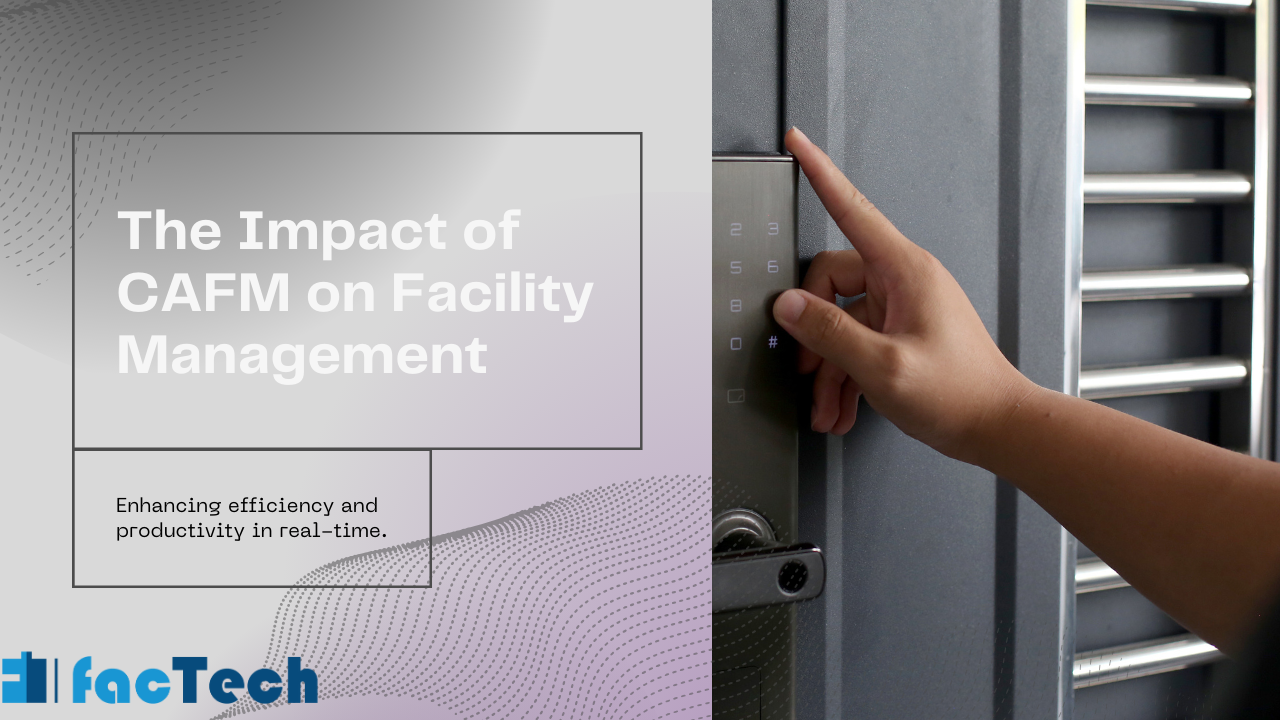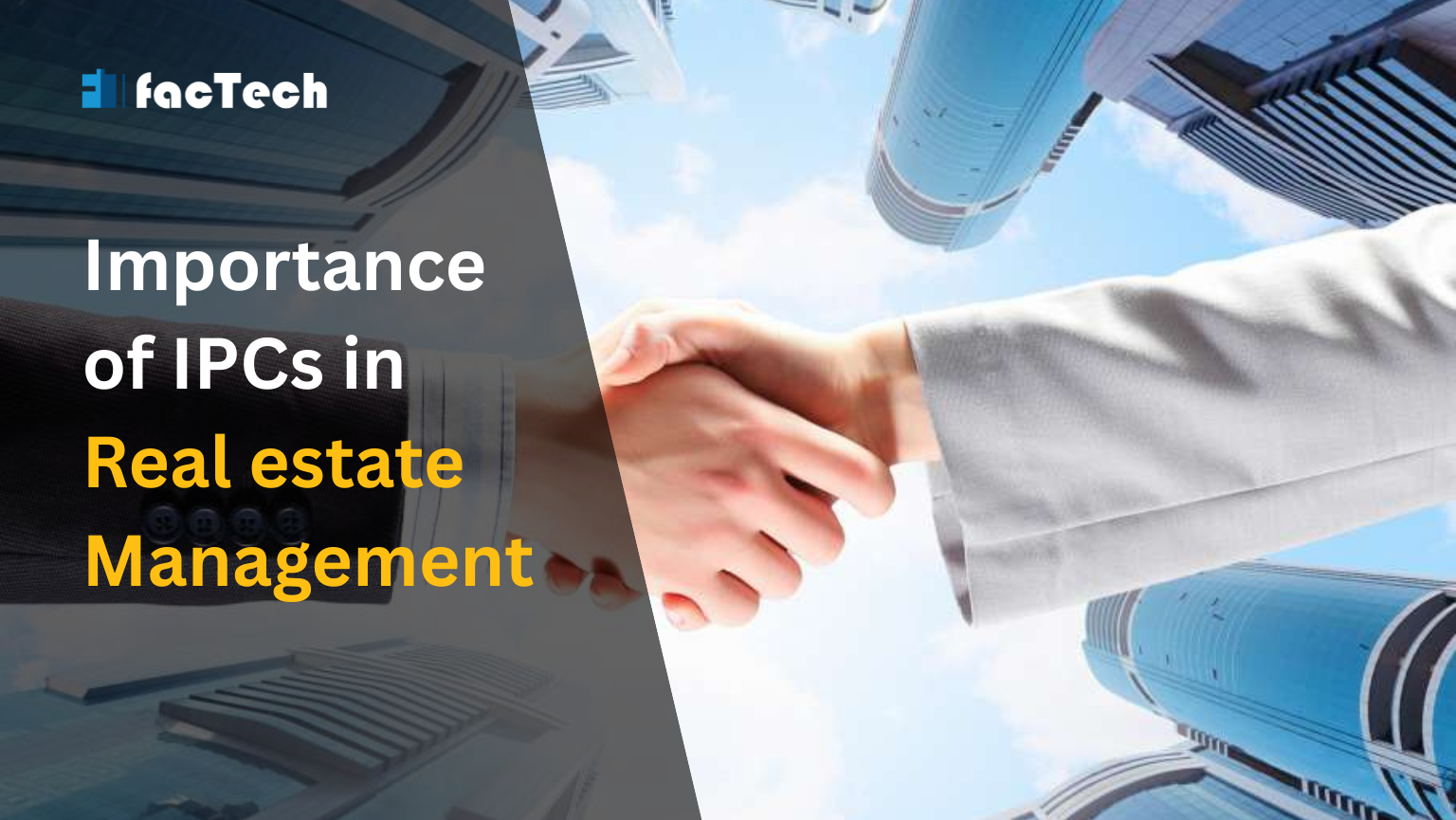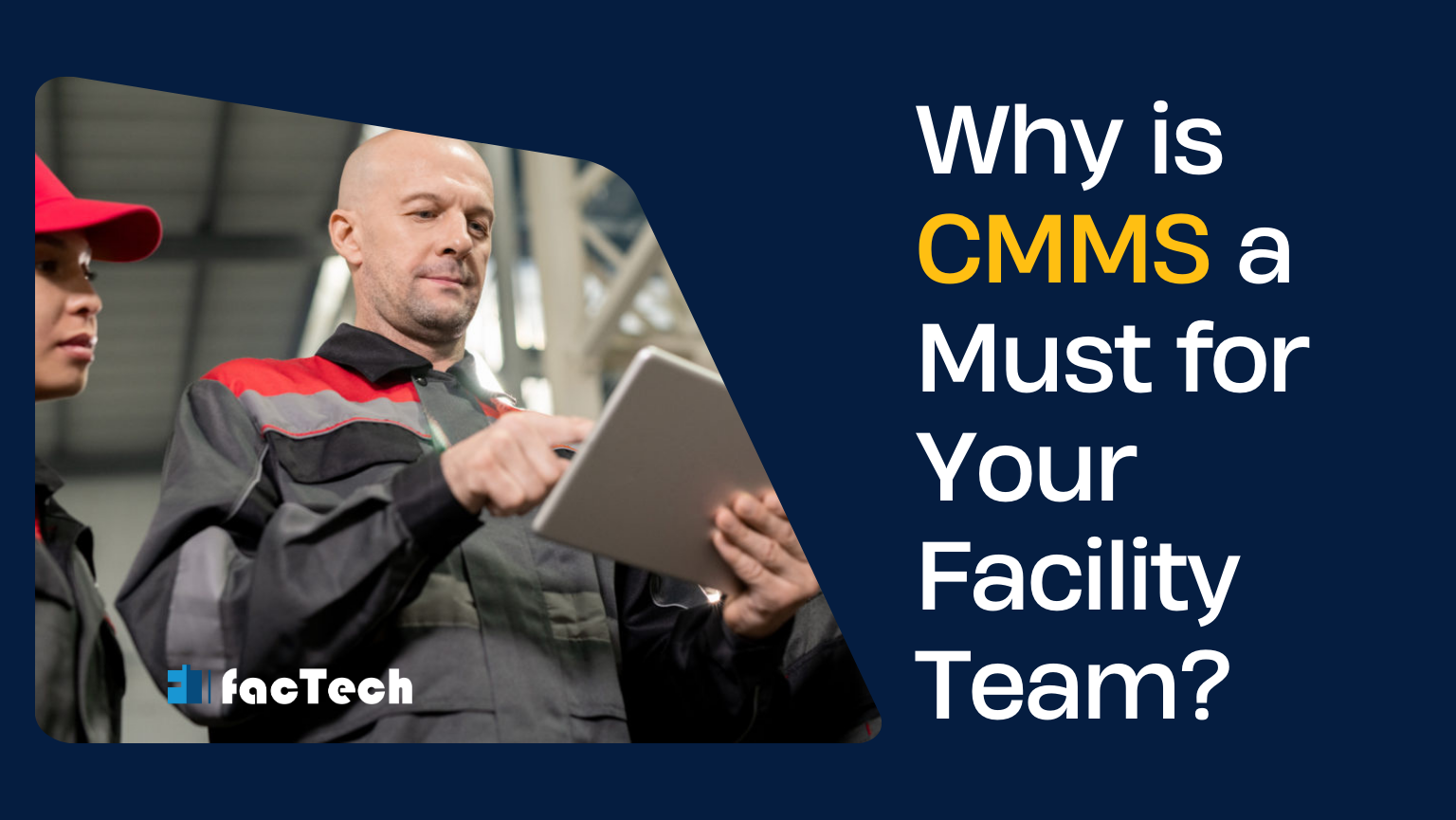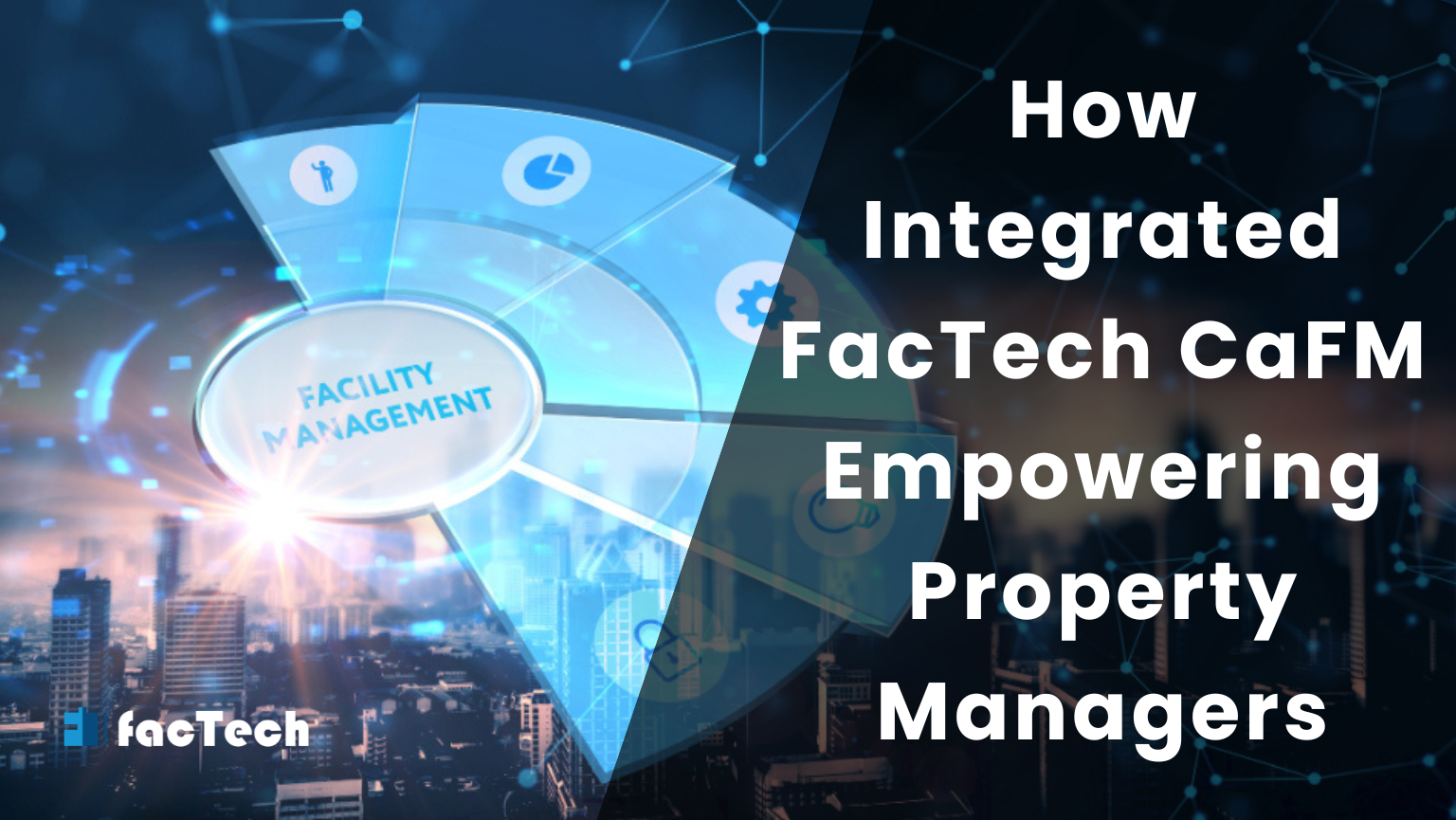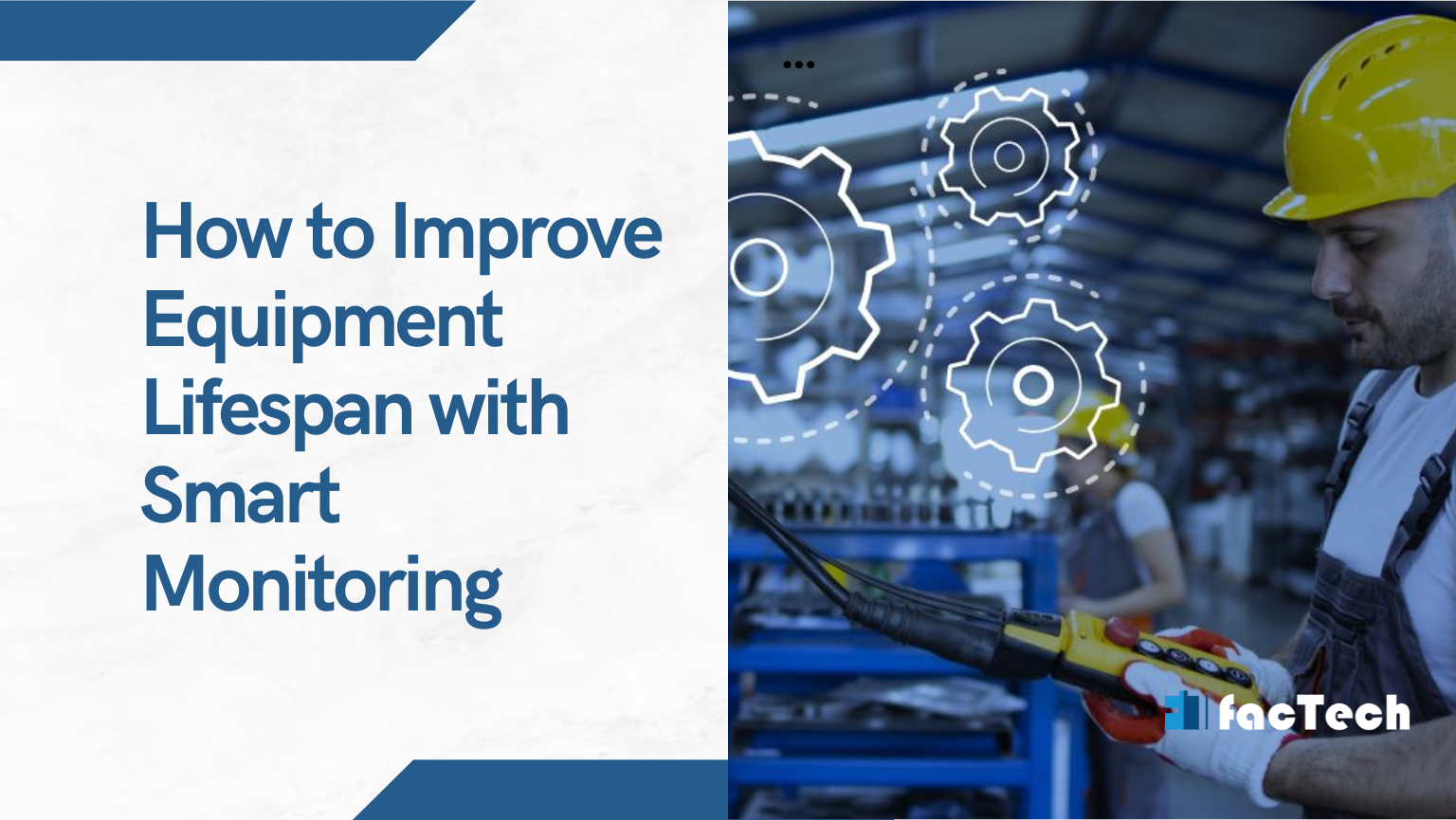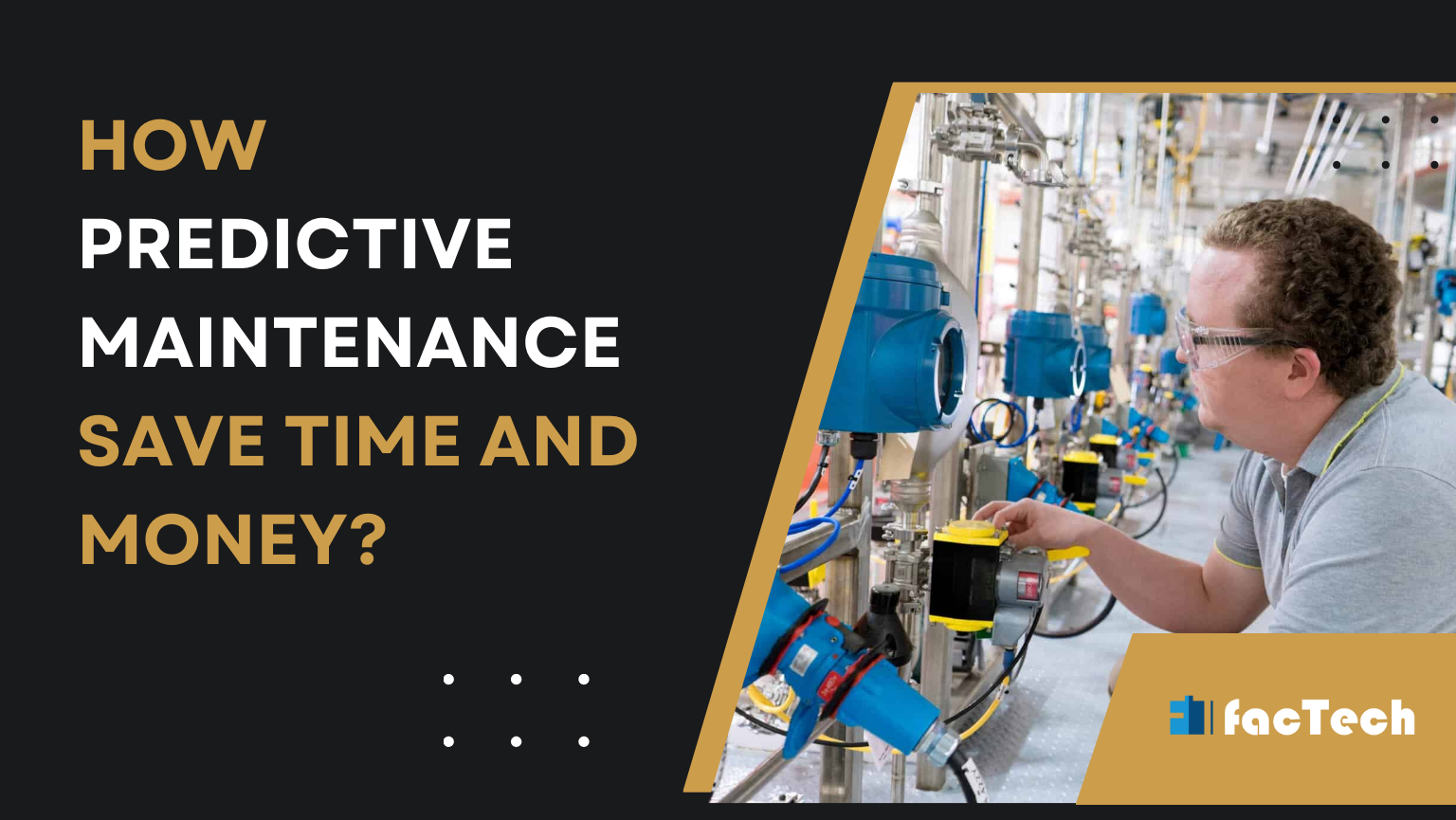How CAFM is transforming Facility Management
How CAFM is transforming Facility Management
Digital tools are changing the way property managers do their jobs in a big way. Computer-Aided Facility Management (CAFM) software is at the front of this change. CAFM solutions help facility managers make choices based on data, streamline processes, and make the best use of resources by blending technology into daily tasks.
More Than Spreadsheets: Embracing Efficiency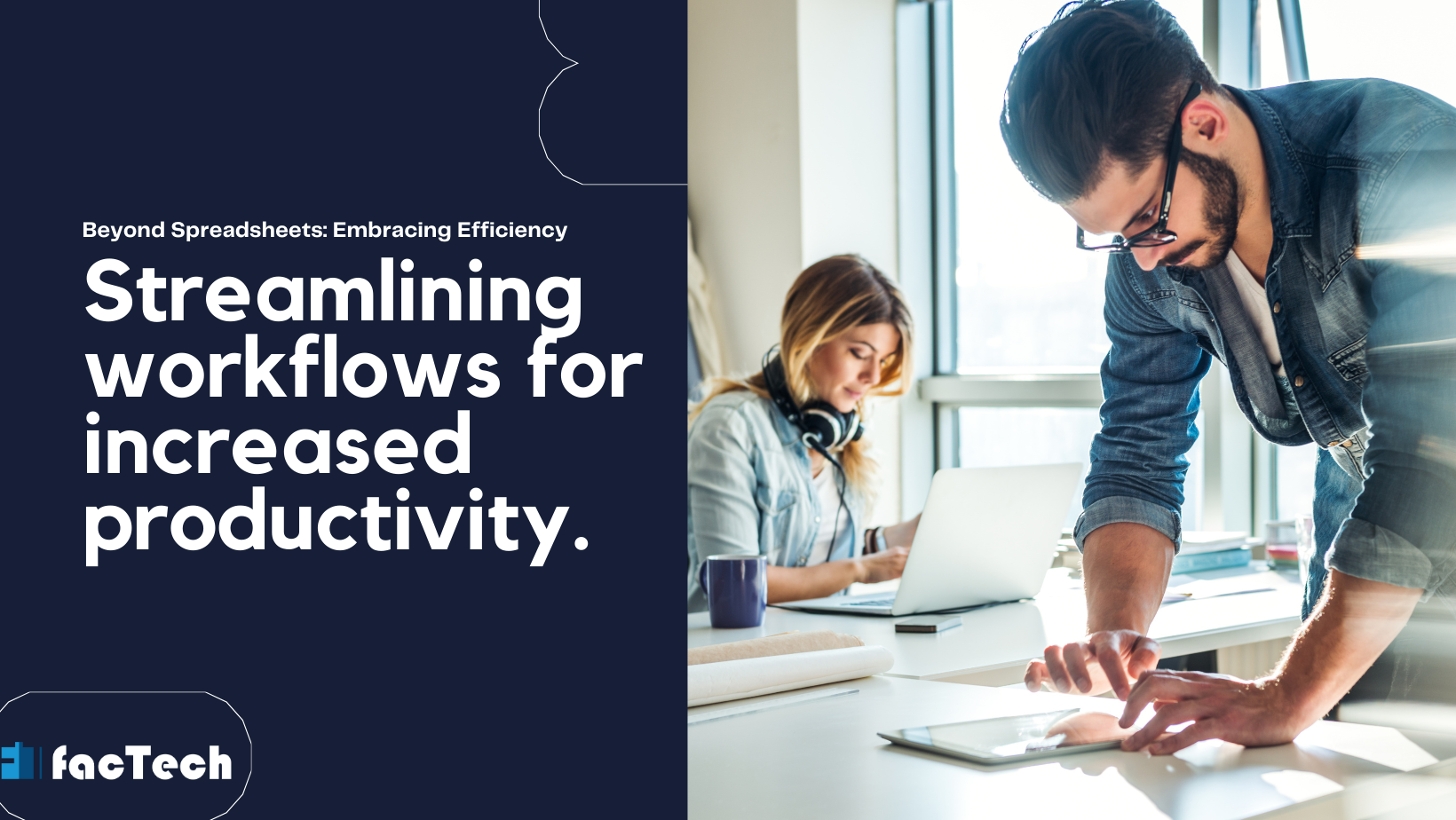
In the past, facility management was done by hand and with methods that used paper. This reactive way of doing things often led to wasted time, slow responses, and reactive upkeep. This way of thinking is changed by CAFM solutions, which provide a central location for controlling all parts of a building.
Resource Management:
CAFM software does more than just make schedules; it also gives useful information about how room is used, what equipment is being used, and how much work is being done by staff. This makes it easier for managers to find places to save money. It also helps in cutting back on spending that isn’t necessary, and adjust to changing needs.
Taking care of a building means making sure everything runs smoothly. Making sure workers have a comfortable place to work and keeping the building running well is a complicated job that needs smart use of resources. This is where Computer-Aided Facility Management (CAFM) comes in and changes everything for the better.
Allocating resources in the best way possible
 In the past, building management relied on manual tasks and separate data sets, which made allocating resources a guessing game. This waste can be fixed with CAFM software, which provides a central location for managing all resources linked to a building. Among these are:
In the past, building management relied on manual tasks and separate data sets, which made allocating resources a guessing game. This waste can be fixed with CAFM software, which provides a central location for managing all resources linked to a building. Among these are:
Personnel: Keep track of employees’ availability, skills, and workload to make sure they are properly assigned tasks.
Equipment: Use real-time data to keep an eye on the health of your equipment, plan preventative repair, and make the best use of your deployment.
Space: Learn how space is being used, find places that aren’t being used, and find the best way to divide up space to make it more efficient.
Decision Making Based on Data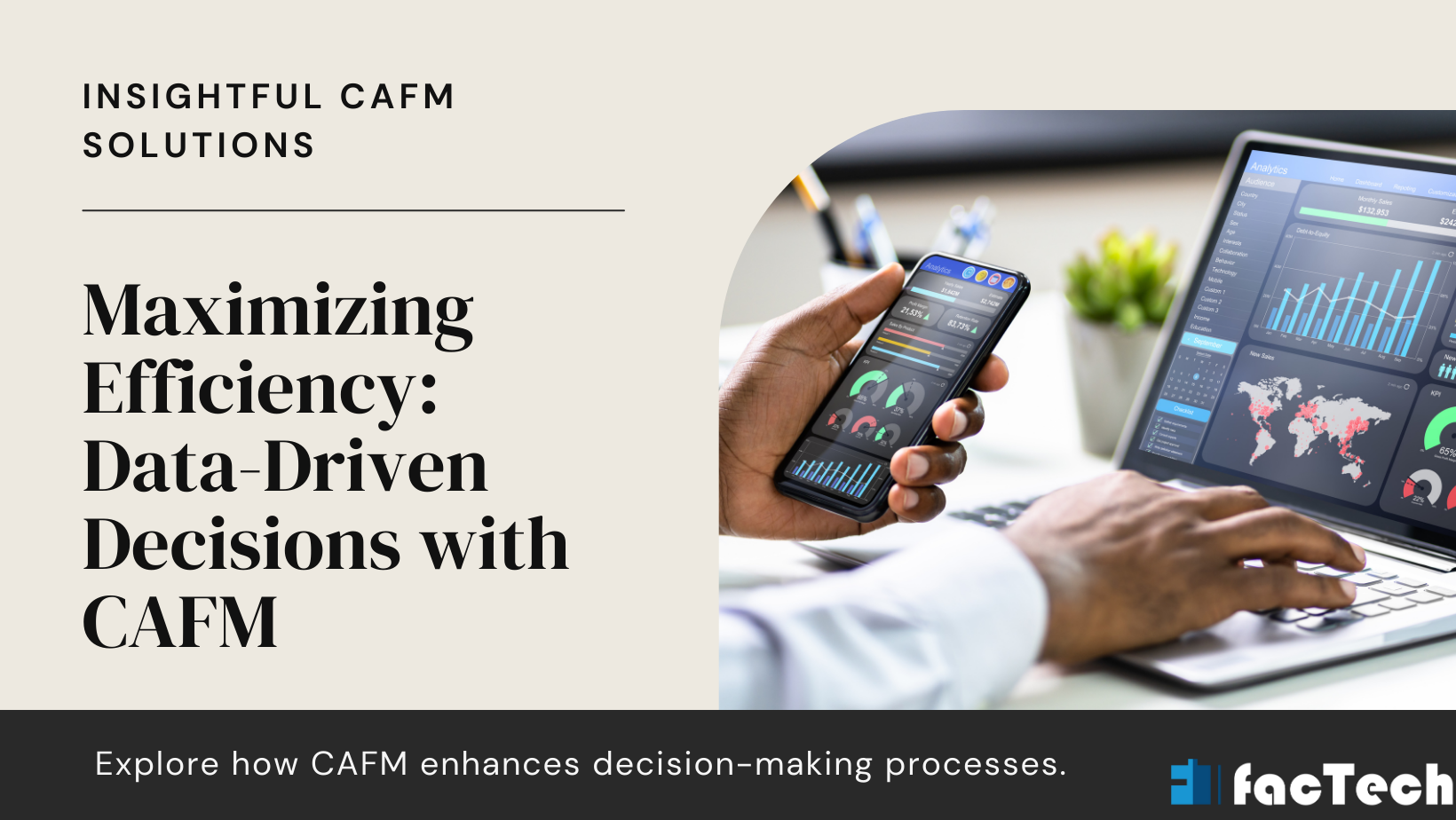
CAFM is more than just keeping track of resources. It gives building managers the power to make decisions based on data by giving them useful reports and analytics. Think about being able to:
Identify trends: Look at old data to guess when equipment will break down, make sure you have enough staff during busy times, and deal with possible problems before they happen.
Control costs: Keep an eye on how much it costs to allocate resources and find ways to cut costs. CAFM can help stop wasting money on tools that aren’t being used.
Better performance: Keep an eye on key performance indicators (KPIs) to see how well methods for allocating resources are working and keep making operations more efficient.
Benefits in the Real World
The way CAFM changes the way resources are managed has real benefits for site managers:
Lower downtime: proactive maintenance plans keep facilities running and equipment from breaking down.
Higher employee productivity: efficient resource allocation makes sure that the right people have the tools they need to do their jobs well.
Improved space utilization: Allocating room more efficiently saves money and makes the workplace more comfortable for people who work there.
What’s Next for Facility Management?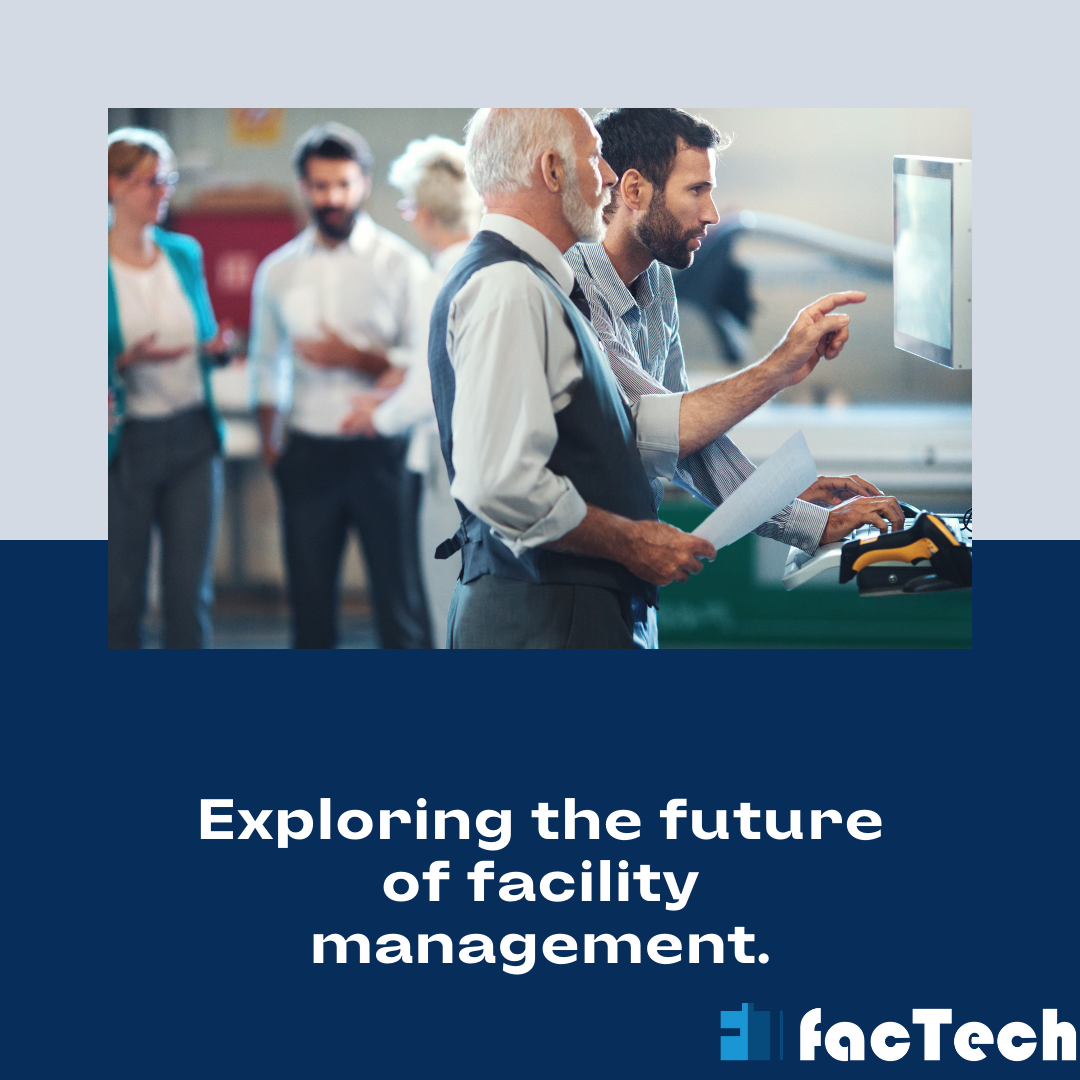
CAFM is always changing, and soon it will be possible to connect it to the Internet of Things (IoT) and artificial intelligence (AI). This means that even better control of resources will be possible, including:
Predictive maintenance: Systems driven by AI can look at sensor data to see when equipment will break down and fix it before it does. This lets maintenance happen before it breaks down, which cuts down on downtime.
In conclusion, CAFM is changing building management by making it easier to assign resources based on data. CAFM is paving the way for better resource management and a more efficient and cost-effective facility management experience in the future by offering a central platform, useful data, and the ability to connect with new technologies in the future.
Better Maintenance Methods:
CAFM makes it easier to make work orders, schedule preventative maintenance, and send technicians. This proactive method makes sure that equipment is serviced before it breaks down. This significantly cuts down on downtime and makes the equipment last longer.
Facility management software: better maintenance leads to higher ROI
In today’s competitive business world, facility managers are always under pressure to cut costs and make sure processes run smoothly. Software for facility management (FM S) has become a strong tool for reaching these goals. But what does FM S mean for a good return on investment (ROI)? The answer lies in its ability to help people do better upkeep.
What You Need to Know About ROI in Facility Management Software
ROI is a financial metric that shows how profitable a purchase is. In the case of FM , it compares the full costs of buying, setting up, and maintaining the software with the money . The money used here is the same money that is saved by using it.
How FM Makes Maintenance Methods Better
FM comes with a lot of tools that make maintenance easier and help people make decisions based on data. This is how it helps with better maintenance:
Scheduling for Preventive Maintenance: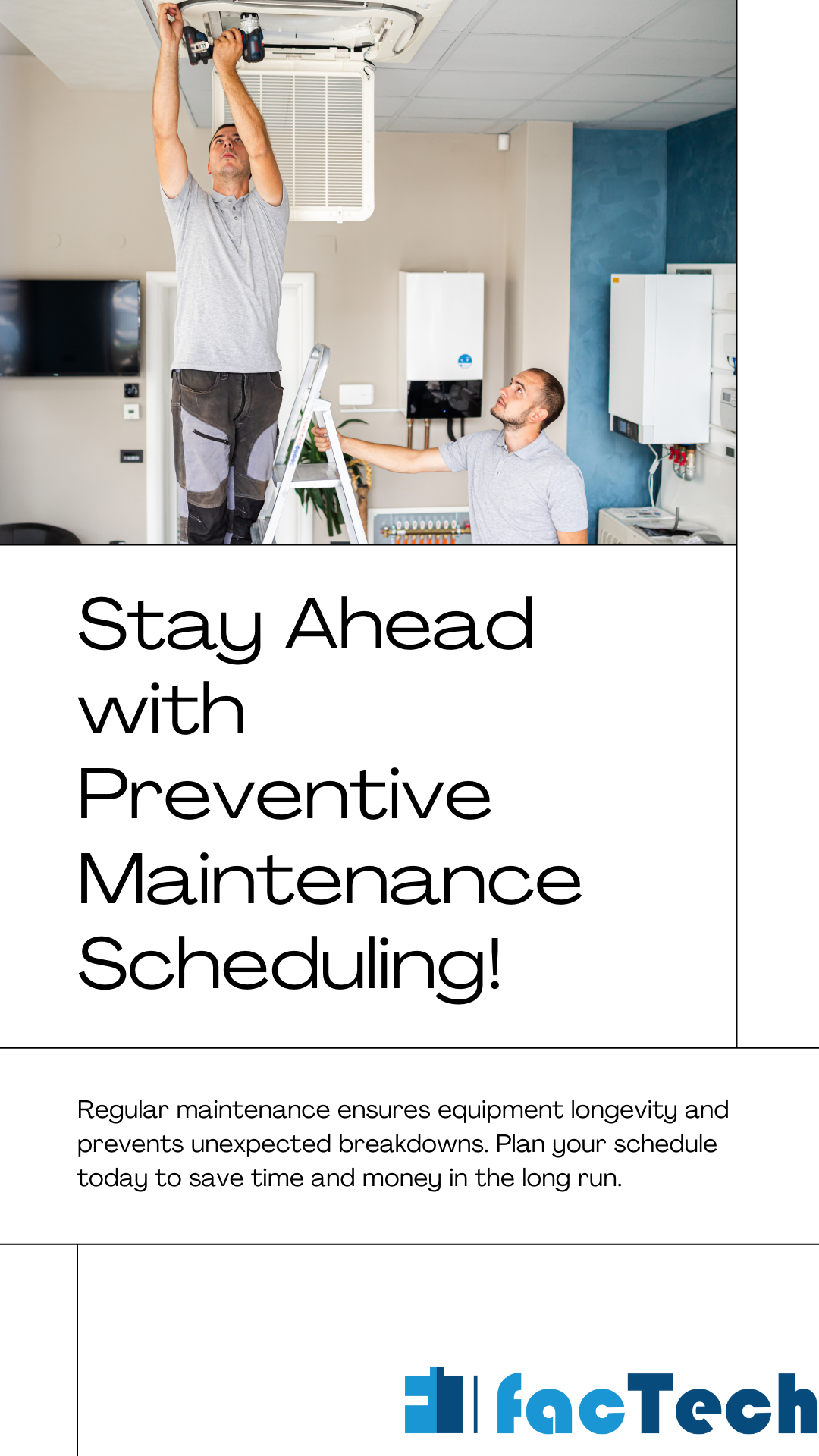
FM automates scheduling for preventive maintenance jobs, making sure that equipment is serviced regularly to avoid costly breakdowns.
Work Order Management:
The software makes it easier to create, assign, and keep track of work orders, which makes sure that workers have the right tools and information to do their jobs quickly.
Inventory Management:
FM lets you keep track of extra parts in real time, so you don’t have to wait for them to become unavailable and can make the best use of your stock.
Data Analytics:
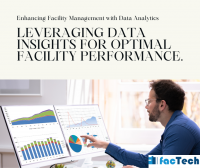 By collecting maintenance data, FM gives users information about how well equipment is working, which lets them plan ahead for repair needs. This makes it possible to see problems coming and fix them before they become big issues.
By collecting maintenance data, FM gives users information about how well equipment is working, which lets them plan ahead for repair needs. This makes it possible to see problems coming and fix them before they become big issues.
Why better maintenance can help your return on investment
By using these better repair methods made possible by FM , facilities can see a big return on their investment (ROI) by:
Preventive maintenance cuts down on unplanned equipment breakdowns, which means less downtime and better operational efficiency.
Lower Repair Costs: Finding problems early saves money on repairs compared to fixing major breakdowns.
Extended Equipment Lifespan: Good maintenance practices make equipment last longer. This indirectly helps in reducing expensive replacements.
Improved Energy Efficiency: FM can help find places to save energy, which saves money in the long run.
Decisions Based on Data for a Sustainable Future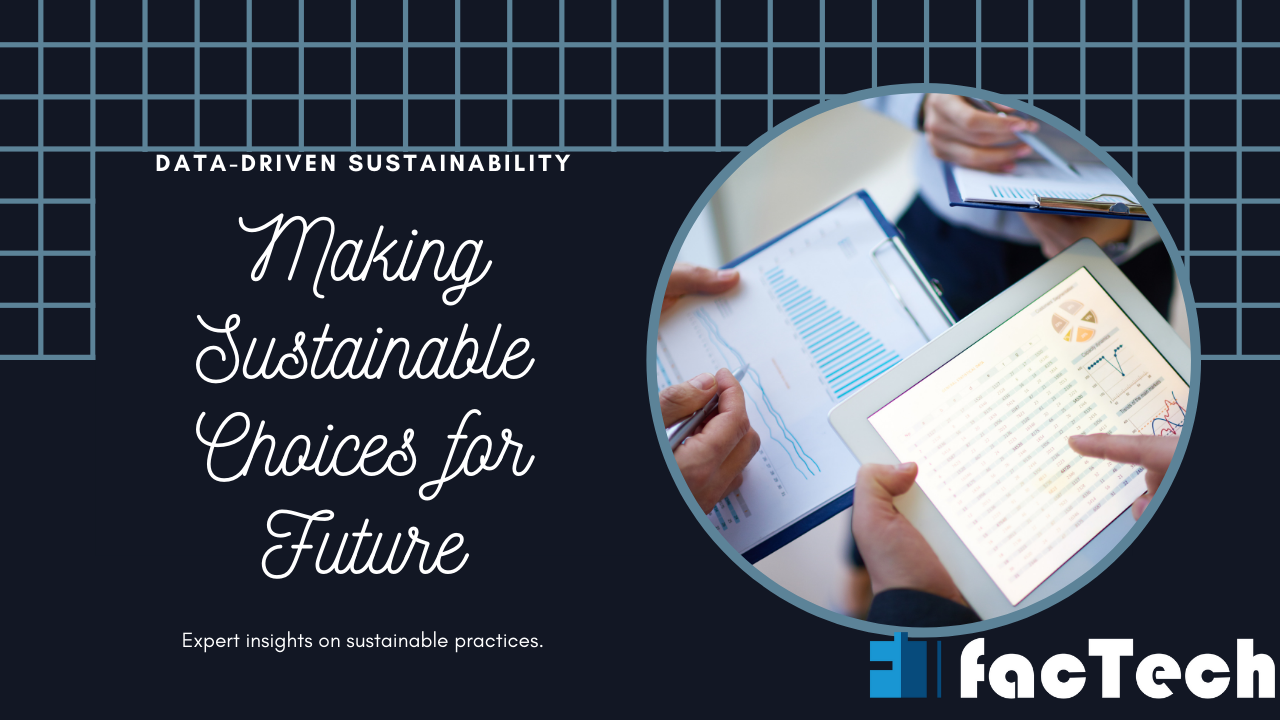
CAFM software does more than just automate chores; it also makes data useful. CAFM helps facility managers make choices that are good for the environment by gathering and analyzing real-time data on things like energy use, space utilization, and maintenance patterns.
Energy Efficiency: CAFM find places where energy is being wasted and suggest ways to make things better. This data-driven method can cut a building’s environmental impact and utility costs by a large amount.
Space Optimization: Facility managers can find underused areas and improve office layouts with real-time data on space usage. It may be possible to save money and room this way.
Integrated intelligence is the way of the future for facilities
Artificial Intelligence (AI) and Machine Learning (ML) and alike Cutting-edge technologies are always being added to CAFM. This helps in making our future better and better every day.
Predictive Maintenance: AI programs can look at sensor data from equipment. It helps in figuring out what problems might happen before they do. This lets facility managers use preventive repair plans to keep equipment running smoothly and extend its life.
Occupant Experience: Chatbots driven by AI can answer questions from tenants and fix small problems, which makes all tenants happier.
Final Thoughts
Facility management is quickly changing from a reactive task to a strategic one thanks to CAFM options. By using these digital tools, facility managers can make their operations more efficient.
In conclusion, CAFM systems are changing the way facility management is done and the way it is perceived. It is letting people make decisions based on data and making processes run more smoothly. Facility managers can improve efficiency, put safety first, and make decisions that help the company’s bottom line with the help of CAFM, which provides a central platform for handling resources, scheduling maintenance, and keeping track of assets. This will lead to a future where smart buildings and preventative maintenance are the usual.
